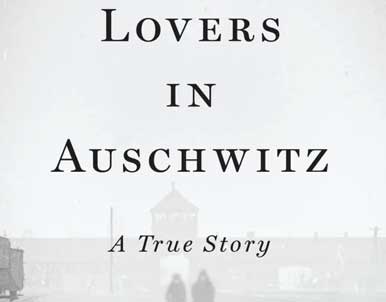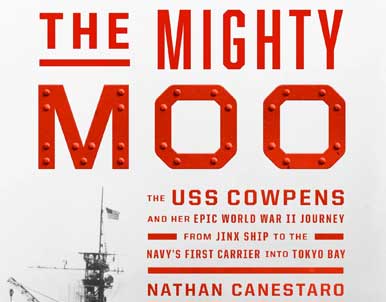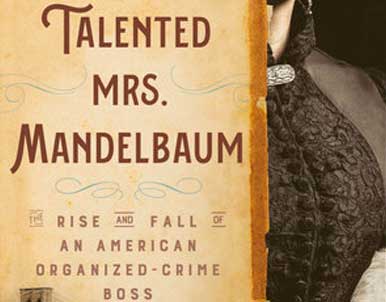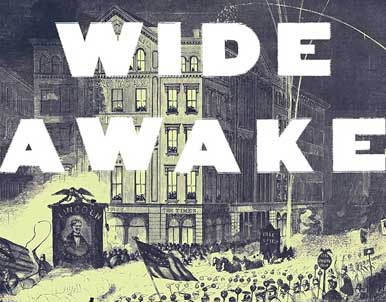Category: Books/Museum Reviews
-

A Hunger to Kill by Kim Mager and Lisa Pulitzer
Brendan’s Alternate Tagline for A Hunger to Kill: A one-way love story. Quick synopsis: The story of how Detective Kim Mager helped put away an Ohio serial killer. Fact for Non-History People: From 1992-2019, Ohio has had 505 victims of serial killers. Fact for History Nerds: In that same time period, California leads the U.S.…
-

Lovers in Auschwitz by Keren Blankfeld
Brendan’s Alternate Tagline for Lovers in Auschwitz: They found love in a hopeless place. Quick synopsis: The story of the two people who fell in love and survived Auschwitz in World War II. Fact for Non-History People: In 1941, the Warsaw ghetto covered 2.4% of the city but housed 30% of the city population. Fact…
-

The Rent Collectors by Jesse Katz
Brendan’s Alternate Tagline for The Rent Collectors: Better pay up. Quick synopsis: The story of gang violence in L.A. and a botched murder. Fun Fact Non-History People Will Like: Pray you never have to find out what it is to “keister” something. Fun Fact for History Nerds: When the lake at MacArthur Park was drained,…
-

The Mighty Moo by Nathan Canestaro
Brendan’s Alternate Tagline for The Mighty Moo: A very moooooving story. (I said what I said!) Quick synopsis: The story of the USS Cowpens aircraft carrier in World War II. Fun Fact Non-History People Will Like: The Mighty Moo was caught in Typhoon Cobra which has 70 foot waves and winds of 120 knots. Fun…
-

The Last Island by Adam Goodheart
Brendan’s Alternate Tagline for The Last Island: Leave them alone. Quick synopsis: The story of North Sentinel Island and the isolated tribe that calls it home. Fun Fact Non-History People Will Like: The Andaman Island chain contains nearly 600 islands and thousands of species that don’t exist anywhere else in the world. Fun Fact for…
-

Perfect Wife (Hulu)
Brendan’s Alternate Tagline for Perfect Wife: Perfect at being a narcissist. Quick synopsis: The story of the disappearance of Sherri Papini. Fact for Non-History People: The crime of kidnapping is hard to number because many people just become missing persons. There were 70,000 missing persons over the age of 18 cases in 2001 for instance.…
-

Ask Not by Maureen Callahan
Brendan’s Alternate Tagline for Ask Not: Ask not what this family did to women, ask why they got away with it. Quick synopsis: The story of all the women destroyed by the Kennedy family. Fun Fact Non-History People Will Like: The firefighter who retrieved Mary Jo Kopechne’s body at Chappaquiddick estimated she stayed alive for…
-

The Talented Mrs. Mandelbaum by Margalit Fox
Brendan’s Alternate Tagline for The Talented Mrs. Mandelbaum: Her talent was crime. Quick synopsis: The story of Gilded Age crime boss, Fredericka Mandelbaum. Fun Fact Non-History People Will Like: Brooks Brothers was founded in 1818 in New York City and was known for the shoddy products it provided to the Union Army during the Civil…
-

Wide Awake by Jon Grinspan
Brendan’s Alternate Tagline for Wide Awake: I don’t know who they liked, but I do know who they hated. Quick synopsis: The story of the Wide Awakes, who fought against the “slave power” around the time of the Civil War. Fun Fact Non-History People Will Like: A huge supporter of the Wide Awakes was P.T.…
